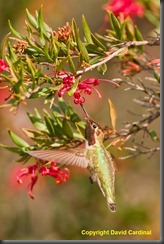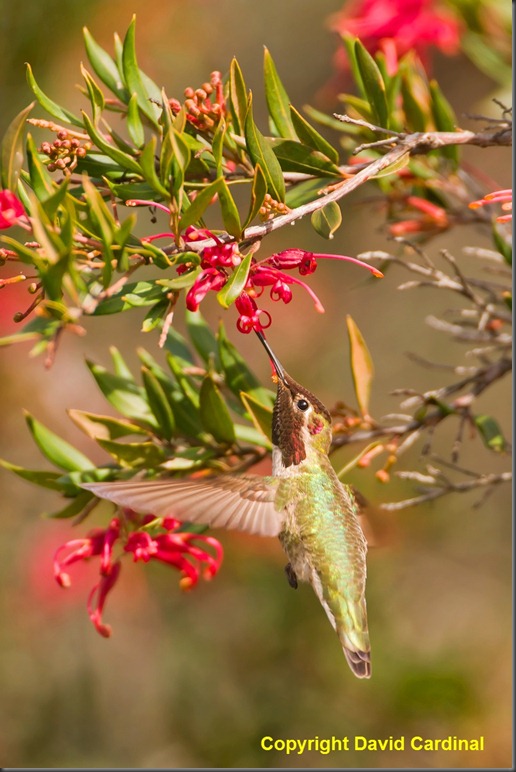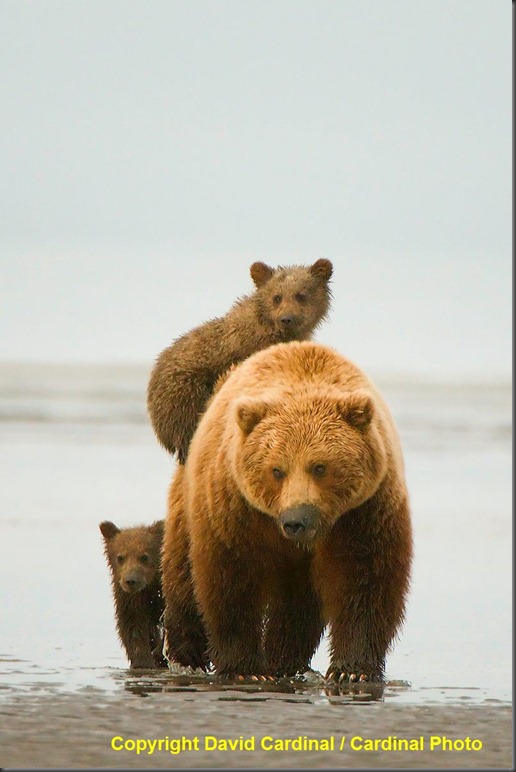- Photo Safaris
- Alaska Bears & Puffins World's best Alaskan Coastal Brown Bear photo experience. Small group size, idyllic location, deluxe lodging, and Puffins!
- Participant Guestbook & Testimonials Candid Feedback from our participants over the years from our photo safaris, tours and workshops. We don't think there is any better way to evaluate a possible trip or workshop than to find out what others thought.
- Custom Photo Tours, Safaris and Personal Instruction Over the years we've found that many of our clients & friends want to participate in one of our trips but the dates we've scheduled just don't work for them or they'd like a customized trip for their family or friends.
- Myanmar (Burma) Photo Tour Myanmar (Burma) Photo Tour December 2017 -- with Angkor Wat option
- Reviews Go hands-on
- Camera Reviews Hands-on with our favorite cameras
- Lens reviews Lenses tested
- Photo Accessories Reviews Reviews of useful Photo and Camera Accessories of interest to our readers
- Useful Tools & Gadgets Handy tools and gadgets we've found useful or essential in our work and want to share with you.
- What's In My Camera Bag The gear David Cardinal shoots with in the field and recommends, including bags and tools, and why
- Articles About photography
- Getting Started Some photography basics
- Travel photography lesson 1: Learning your camera Top skills you should learn before heading off on a trip
- Choosing a Colorspace Picking the right colorspace is essential for a proper workflow. We walk you through your options.
- Understanding Dynamic Range Understanding Dynamic Range
- Landscape Photography Tips from Yosemite Landscape Photography, It's All About Contrast
- Introduction to Shooting Raw Introduction to Raw Files and Raw Conversion by Dave Ryan
- Using Curves by Mike Russell Using Curves
- Copyright Registration Made Easy Copyright Registration Made Easy
- Guide to Image Resizing A Photographers' Guide to Image Resizing
- CCD Cleaning by Moose Peterson CCD Cleaning by Moose Peterson
- Profiling Your Printer Profiling Your Printer
- White Balance by Moose Peterson White Balance -- Are You RGB Savvy by Moose Peterson
- Photo Tips and Techniques Quick tips and pro tricks and techniques to rapidly improve your photography
- News Photo industry and related news and reviews from around the Internet, including from dpreview and CNET
- Getting Started Some photography basics
- Resources On the web
- My Camera Bag--What I Shoot With and Why The photo gear, travel equipment, clothing, bags and accessories that I shoot with and use and why.
- Datacolor Experts Blog Color gurus, including our own David Cardinal
- Amazon Affiliate Purchases made through this link help support our site and cost you absolutely nothing. Give it a try!
- Forums User to user
- Think Tank Photo Bags Intelligently designed photo bags that I love & rely on!
- Rent Lenses & Cameras Borrowlenses does a great job of providing timely services at a great price.
- Travel Insurance With the high cost of trips and possibility of medical issues abroad trip insurance is a must for peace of mind for overseas trips in particular.
- Moose Peterson's Site There isn't much that Moose doesn't know about nature and wildlife photography. You can't learn from anyone better.
- Journeys Unforgettable Africa Journeys Unforgettable -- Awesome African safari organizers. Let them know we sent you!
- Agoda International discounted hotel booking through Agoda
- Cardinal Photo Products on Zazzle A fun selection of great gift products made from a few of our favorite images.
- David Tobie's Gallery Innovative & creative art from the guy who knows more about color than nearly anyone else
- Galleries Our favorite images
Tripods Aren’t For Shooting, They’re For Waiting
Tripods Aren’t For Shooting, They’re For Waiting
Submitted by David Cardinal on Mon, 03/07/2011 - 17:59
 Okay, now that I’ve got your attention, of course tripods are for shooting. But the most under-appreciated advantage of a tripod isn’t when you’re shooting it is when you’re waiting. For any type of wildlife photography and many sports there can be long periods of waiting patiently and then a quickly unfolding moment of drama. You may only have a second or two to react and get a shot of the peak of action. If you need to pull your camera up from your side, aim, and shoot, then no matter how fancy you’re camera strap, you’re skunked….
Okay, now that I’ve got your attention, of course tripods are for shooting. But the most under-appreciated advantage of a tripod isn’t when you’re shooting it is when you’re waiting. For any type of wildlife photography and many sports there can be long periods of waiting patiently and then a quickly unfolding moment of drama. You may only have a second or two to react and get a shot of the peak of action. If you need to pull your camera up from your side, aim, and shoot, then no matter how fancy you’re camera strap, you’re skunked….
I was reminded of this as my friend and safari participant Doug Mosher and I patiently waited for “hummers” to return to their favorite flowers to feed on a great morning at the UCSC Arboretum.
And if you think you can hold your camera with any reasonable lens to your eye for 10, 20, or 30 minutes on a regular basis without putting it down you are probably deluding yourself. Instead if the camera is set up on a tripod and pre-focused on where the action is most likely to occur—a bird nest if you are waiting for an exchange, a favorite flower if you are waiting for a hummingbird to reappear like in the photo below or the cute moment when a wet bear cub climbs on its mother’s back to get a ride off the beach like the image at the end of this article.
A monopod provides some of the same advantages obviously with the downside that you need to keep it steady. I use one almost all the time with my 200-400mm f/4 lens for photographing softball. That way I can quickly move to shoot around the players and umpires as needed but I’m also comfortable waiting for a steal or even the next swing to occur.
- Log in to post comments



